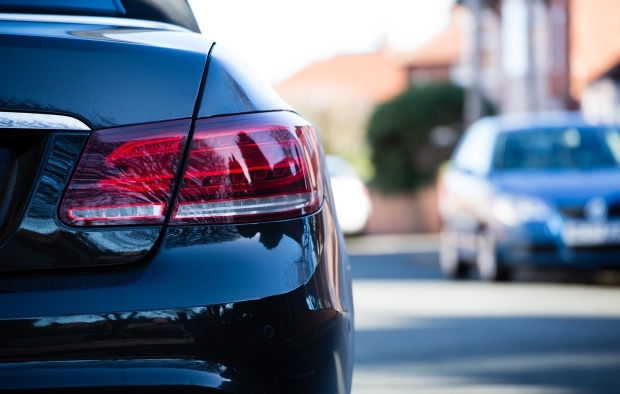
- Home
- News
- Road Traffic
- Your Guide to the Driving Law Changes Coming in 2019

Your Guide to the Driving Law Changes Coming in 2019
2019 looks set to be a year where we see a lot of change, particularly when it comes to rules of the road within the UK. As well as special regulations coming into force with Brexit, new and advancing technology is also driving the updating and renewal of many key laws. The Highway Code is also set to be given a tune-up.
Here's what you need to know about what's changing this year, how it will affect you, and what you need to do to stay safe and legal on the road.
Smart motorway enforcement
Smart motorways are being used more frequently across the UK. Keeping motorists informed about lane closures, accidents, and temporary speed limits at a glance, smart motorways ensure that everybody is aware of the conditions ahead. That being said, plenty of motorists have been ignoring altered speed limits, leading to a crackdown last year. That enforcement is potentially going a step further in 2019, with a £100 fine being suggested for anyone who carries on driving through a red 'X' sign.
Learner drivers allowed on motorways
Likely to be seen as a big change, 2019 is the year that learner drivers will be allowed on motorways for the first time. Traditionally, anybody who had not yet passed their practical and theory tests would not be allowed on the motorway, sticking to A roads and dual carriageways before being unleashed on the motorway only after earning their green 'P' badge. Now though, learners will be allowed on motorways under the permission and guidance of their instructors.
New documents for driving in the EU
The exact terms of Brexit are still far from being fully defined, but we do know that certain new regulations will be put in place to cover those wishing to drive in the EU. Those living and working in Europe are expected to trade in their UK driver's license for a local equivalent, while anybody wishing to drive in a European country post-Brexit may need an International Driving Permit and/or further documentation that is yet to be determined.
Increased protection for cyclists
Part of the government's focus for this year is to make cycling more appealing, and to reassure those who have been put off using their bike due to a perception that it is dangerous. To that end, close passing has now been made punishable by prosecution in severe, or repeated cases, while new roadside guidance will also be given. British motorists will also be encouraged to adopt the 'Dutch reach', a method of opening car doors with the hand furthest from the handle. This means that you will have to turn in your seat to look behind you as you exit your vehicle, making it easier to spot oncoming cyclists and reducing the risk of causing an injury by opening your car door as they approach.
Updated rights of way
As well as the Dutch reach, a revamped Highway Code is expected to include updated rules relating to drivers turning, and the right of way of pedestrians and cyclists in their path. The current wording of rule 170 states that if pedestrians 'have started to cross they have priority, so give way', but offers no clarity on situations where a pedestrian or cyclist is due to leave the pavement as a car arrives at a turning point. Now though, the Department For Transport is considering automatically awarding right of way to pedestrians and cyclists in order to protect vulnerable road users more effectively.
If you have been involved in an accident that wasn't your fault, then contact Winn Solicitors today. Whether you call or use our LiveChat tool, the Winns team will give you all the advice you need to make a personal injury claim with confidence.
Share this article
Request a Callback
Had an accident that wasn’t your fault? Leave your details and we’ll call you back.
Thank you
Thank you for your request, one of our team members will be in touch shortly.
Find Out MoreExisting Client?
Keep on top of your claim 24/7, 365 days a year with Touchpoint, accessible from any internet-enabled device.



